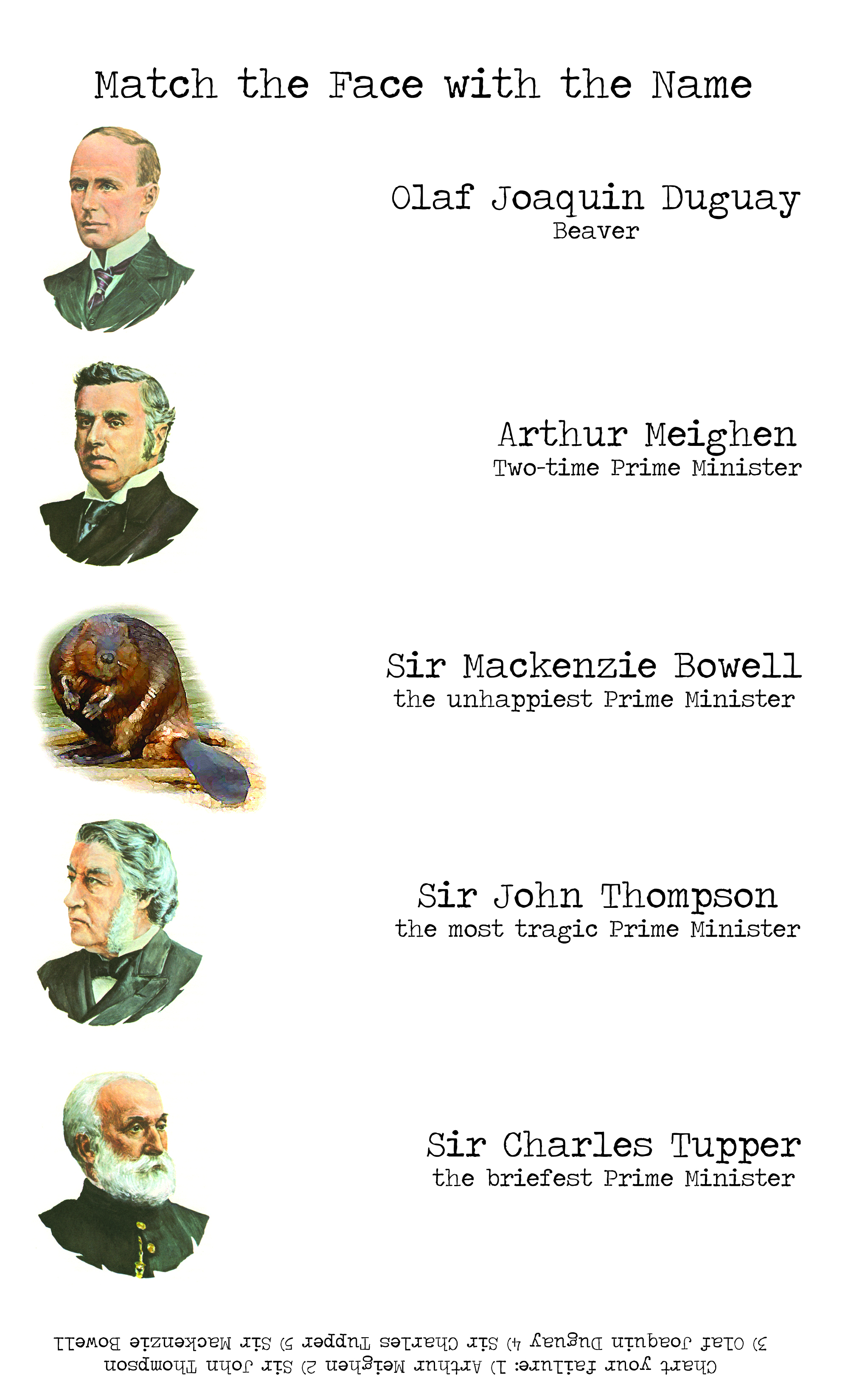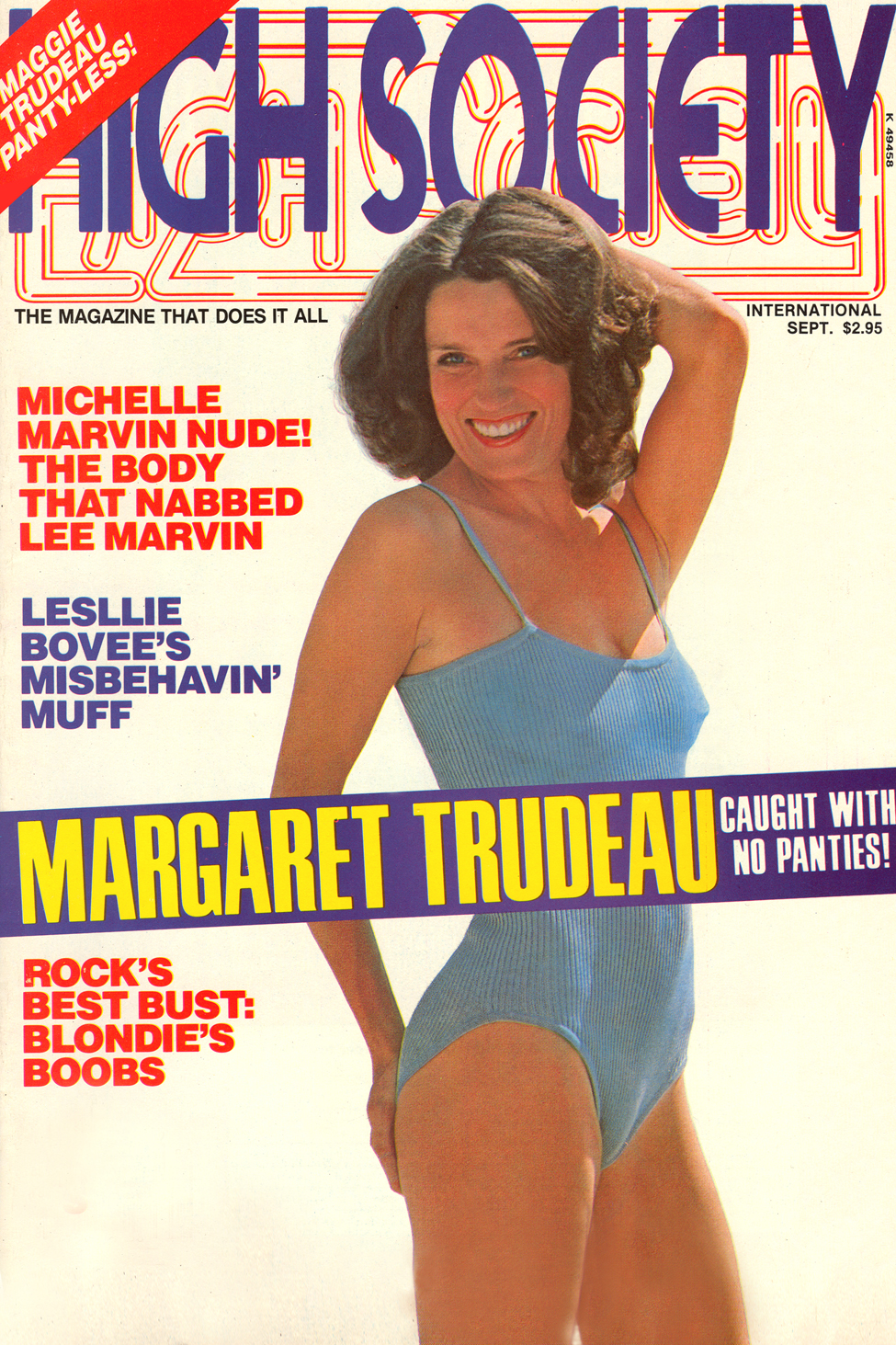When I think of the noble beaver, I think of him like one of our founders. I think of how he and his kin built this great nation one dam lodge after another. Planning out our waterways while commingling with it’s fellow future-Canadians, the Moose and Goose, the Salmon, Loon and Caribou. The great beaver deciding one day, while gnawing down a sap-oozing tree as he built the Parliament buildings, that a leaf should be the symbol for this great tree-covered nation. These proud Beavers would name the country Can-ada because the word Can’t wasn’t in a beavers vocabulary!
The beaver was only found in Canada (Castor Canadensis) and before the discovery of Canada by the French Vikings of Portugal, no one had ever seen such a creature! Travellers bringing back tales of the 12 metre-tall beast with mighty teeth that was known to raze forests and it’s paddle-like tail that could flatten man or beast. Oh, the beaver, the Great Industrious Beaver…I digress.

But seriously, the beaver is as important as any of our founders and definitely more recognizable.

The cute little beaver has been symbolic of Canada since the first settlers came to Canada and hunted them till near-extinction. But, hey, it was before down-filled, Gore-Tex® jackets and heated cars. Let’s face it, if a fur-trade hadn’t been developed in Canada, there would have been little motivation to explore the country. The explorers who charted Canada were really just charting out where to hunt beavers.
Trade began between the Native people and the French in the 1500’s, swapping beaver pelts in exchange for cooking pots and knives. By the the early 17th century, Samuel de Champlain had come to Canada and on orders by Henry IV, the King of France, to develop the fur-trade. Before long, the English got into the fray and as the competition took off, both the French and English began sending shiploads of beaver pelts back to Europe. The industrious beaver became the industry of a fledgling nation.
In 1670, the newly founded Hudson’s Bay Company was given sole control of the Hudson’s Bay region by the English government and their territory continued to grow as they overcame many of their challengers. The fighting over beavers between French and English fur-traders became so fierce it eventually led to the The French-Indian War of 1754. The English won the war and in 1763 took over France’s North American colony. There had been an estimated six million beavers in Canada before the fur-trade began but at it’s peak traders were shipping as many as 200,000 pelts a year back to Europe. Luckily, by the 1830’s, the felt hats that beaver fur had been used for in Europe began falling out of favour and silk became a more popular choice. The fur-trade was almost entirely finished by 1870 and beavers all over Canada let out a huge sigh of relief.

As the years passed things would get better for the beaver and in 1851, one (let’s call him Olaf Joaquin Duguay) would even adorn the first Canadian postage stamp. Known as the “Three Penny Beaver” and designed by Sir Sandford Fleming, the stamp was the very first stamp anywhere in the world to depict an animal instead of a monarch!

This became trend-setting and a mere 86 years later, in 1937, the beaver, in a design by G.E. Kruger-Gray, shared it’s place on the Canadian five-cent coin where (with the exception of 1943-1945 and 2005 – damn war!) it still remains.

Suddenly, there were beavers everywhere. Besides stamps and money, they were found on product packaging, books, advertising, postcards, toys, and souvenirs of all kinds. When someone visited Canada, they always left with a little beaver. They appeared on company logos like the Canadian Pacific Railway, on newspaper mastheads and on more Government buildings across Canada that you can shake a beaver tail at. In the 1960’s and 1970’s, Canada and Ireland led the way in introducing the Beaver Scouts programme. Soon little boys (and eventually girls) began dressing in blue and brown paramilitary uniforms embellished with beavers. These little scouts saluted by hooking two fingers on each hand like claws while making tsk tsk noises with their front teeth. The beaver now had an army! Perhaps, they could form an air force comprised of De Havilland Canada DHC-2 Beaver airplanes!

Life became relatively stress-free for the Beaver until late 1954 when worry would return. The success of Walt Disney’s Davy Crockett created a new-found popularity for the coonskin cap and the beaver feared it was only a matter of time before they too would be, once again, adorning fashionable human heads. The mighty Beaver began a campaign against the fad by burning effigies of Fess Parker but as luck would have it the fad had passed by the late 50’s and the beaver was safe. A mere 30 years later their population numbers were considered stable.

On March 24, 1975 beavers were finally given their due respect when, by Royal assent, they became an official emblem of Canada. Furthermore, it seemed that some of the Canadian elite began keeping beavers as pets. It was said that the wife of former Prime Minister Pierre Trudeau, the vivacious and unsinkable “Margaret, was seen sitting in the front row at a fashion show with her pet beaver. High Society magazine reported: “…Maggie Trudeau, no longer Canada’s leading lady has guaranteed the beaver a place in Canadian culture as the national pet.”

The final thing I would like to add about the beaver is that it should be said that, through all of its trials and faced with extinction at the hands of humans with cold heads, the beaver has never lost its manners or decency. The beaver is industrious, the beaver is a survivor but most importantly: the beaver is polite.
Here’s the beaver at his best.
I love reading these articles because they’re short but infraotmive.
The beaver now has another important role to play: The redemption of Mel Gibson.
Thanks for sharing some history of the amazing beaver. There’s a wonderful book about rescuing beavers in New England, ‘Beaversprite’ by Dorothy Richards. They are family-oriented, intelligent, and creators of critical habitat for many creatures.
I think Det. Frank Drebbin said it best.